Your message has been sent.
We’ll process your request and contact you back as soon as possible.
The form has been successfully submitted.
Please find further information in your mailbox.


In the realm of technological progress, augmented reality (AR) and virtual reality (VR) stand out as revolutionary innovations. These technologies have transcended their initial role in entertainment, finding significant applications in various industries, particularly in the realm of training. Virtual reality training, embodied by VR training software, has gained prominence and offers several benefits over traditional methodologies.
AR enriches real-world experiences by overlaying digital information onto the environment, enabling users to interact more effectively with their surroundings. On the other hand, VR, the cornerstone of virtual reality training solutions, completely immerses users in a digital world, providing a multi-sensory experience. Some virtual reality training examples include flight simulations, medical procedures, and even complex machinery operations.
The integration of AR/VR technologies in training systems holds great significance, as they offer interactive and immersive learning experiences that traditional and virtual training methods cannot match. According to studies, 26% of businesses are already utilizing VR/AR for employee training, highlighting its growing popularity in the corporate world.
Although lectures and reading result in a mere 5% and 10% retention of learning, respectively, virtual reality stands out within the top two, boasting an impressive 75% retention rate. The efficacy of virtual reality training is second only to the retention achieved through the act of teaching others, which attains an exceptional 90% retention rate.
The market potential for AR and VR is also noteworthy. Statista projects that the revenue in the AR & VR market will reach an estimated US$31.12 billion by 2023, demonstrating the substantial growth and opportunities in this field for both virtual reality training solutions and other applications.


AR/VR software transforms the training experience.
Step into the future of learning and elevate skills in a virtual world.
Throughout history, conventional training methods such as lectures, textbooks, and physical demonstrations have been widely used. Despite demonstrating a degree of effectiveness, these methods have faced challenges in terms of customization, interaction, and immediate response. As a consequence, they tend to offer a relatively one-sided and passive learning encounter, prompting the need to innovate with activities such as practical labs, group learning with peer teaching, and various workshops.
The digital age brought forth online training systems and e-learning platforms, offering greater flexibility and accessibility. They allowed for remote learning and granted learners access to a vast array of resources at their fingertips. However, the lack of immersive experiences remained a significant concern.
A groundbreaking shift is occurring with the integration of VR and AR training. Along with AR, immersive virtual reality and immersive VR training open up new possibilities for highly immersive and interactive learning environments. These immersive virtual reality experiences effectively bridge the gap between theoretical knowledge and practical application.
In the rapidly evolving landscape of education and professional development, augmented reality (AR) and virtual reality technologies have emerged as revolutionary tools that redefine learning experiences. By seamlessly integrating virtual elements into training, these immersive technologies have unlocked a whole new dimension of interactive and impactful training scenarios.
AR/VR technologies are poised to revolutionize the way we learn by transporting learners into realistic virtual environments. These simulations enable trainees to engage in practical scenarios that closely mimic real-world situations, fostering better comprehension and retention of information. Imagine a medical student performing intricate surgical procedures in a risk-free digital environment or a military recruit undergoing combat training without any actual physical harm. The opportunities for experiential learning are limitless, and the impact on learners’ skill development is unparalleled.
One of the most significant advantages of AR/VR-based training is its ability to replicate hazardous real-life situations without subjecting learners to actual dangers. This makes it a game-changer for high-risk industries, such as medical, military, and industrial applications. By simulating critical scenarios, trainees can develop their expertise and decision-making skills in a controlled environment, thus minimizing the potential for injuries when real-life accidents occur.
A notable example of the impact of VR training on workplace safety can be seen in a study conducted by Chaos Theory Games. According to their research, VR training has been shown to reduce workplace injuries by a staggering 43%. This statistic alone underscores the crucial role that AR/VR technologies can play in enhancing safety standards across various industries.
The advent of AR/VR has ushered in a new era of remote training, transcending geographical limitations and expanding access to quality education. Learners can now participate in interactive training sessions from the comfort of their homes, eliminating the need for physical presence in a designated training facility. This accessibility is especially valuable for individuals residing in remote areas or those unable to travel for training purposes.
Furthermore, remote training opens up opportunities for global collaboration and knowledge exchange, bringing together diverse talents and perspectives in a unified virtual space. As a result, organizations can foster a culture of continuous learning and skill development, regardless of their employees’ locations.
One-size-fits-all training approaches often fall short in catering to the diverse learning styles and needs of individuals. That’s where AR/VR training truly shines. These technologies empower tutors to create personalized learning experiences tailored to each trainee’s unique requirements.
Through real-time feedback and adaptive simulations, AR/VR systems can identify areas where learners excel and pinpoint areas that require improvement. This data-driven approach enables trainers to optimize training content and delivery methods, ensuring that every trainee can reach their full potential.
While some may perceive AR/VR systems as having higher initial training costs, they offer substantial long-term savings for organizations in terms of training time, resources, and operational expenses. By replacing traditional training methods that necessitate physical infrastructure and recurrent expenses, AR/VR training becomes a cost-effective alternative.
By simulating real-world scenarios, AR and VR technologies offer immersive and interactive learning experiences, bridging the gap between theoretical knowledge and practical application across different fields. Whether it’s healthcare, aviation, or customer service, virtual training provides a unique opportunity to enhance traditional training methods.
AR/VR systems have opened up unprecedented opportunities in healthcare and medical training, propelling the industry towards more effective and efficient learning methods. Medical professionals can now practice surgical procedures and diagnosis techniques in a risk-free virtual environment, leading to skill improvements and error reduction. According to a survey conducted by Perkins Coie (2020), a staggering 68% of healthcare professionals believe that AR/VR medical training simulations will dominate new solutions and applications through 2022.
Imagine a novice surgeon being able to perform complex surgeries multiple times, honing their skills before stepping into the real operating room. This immersive experience helps build confidence and competence, ultimately benefiting patients and healthcare institutions alike.
Bennett Medical Center in Stamford, Connecticut, employs AR headsets for spine surgeries. This AR training enables surgeons to visualize the internal tissue of patients with a level of detail that significantly improves the accuracy of implant placements and incisions, ultimately leading to enhanced surgical results.
Children’s Hospital Los Angeles uses VR for training to optimize trauma training, making it significantly cheaper and more flexible while remaining as effective as the traditional methods.
UConn Health’s surgeons benefit from VR training’s cost-effectiveness and location independence, with the Oculus Quest 2-based application offering realistic experiences and accelerated learning.
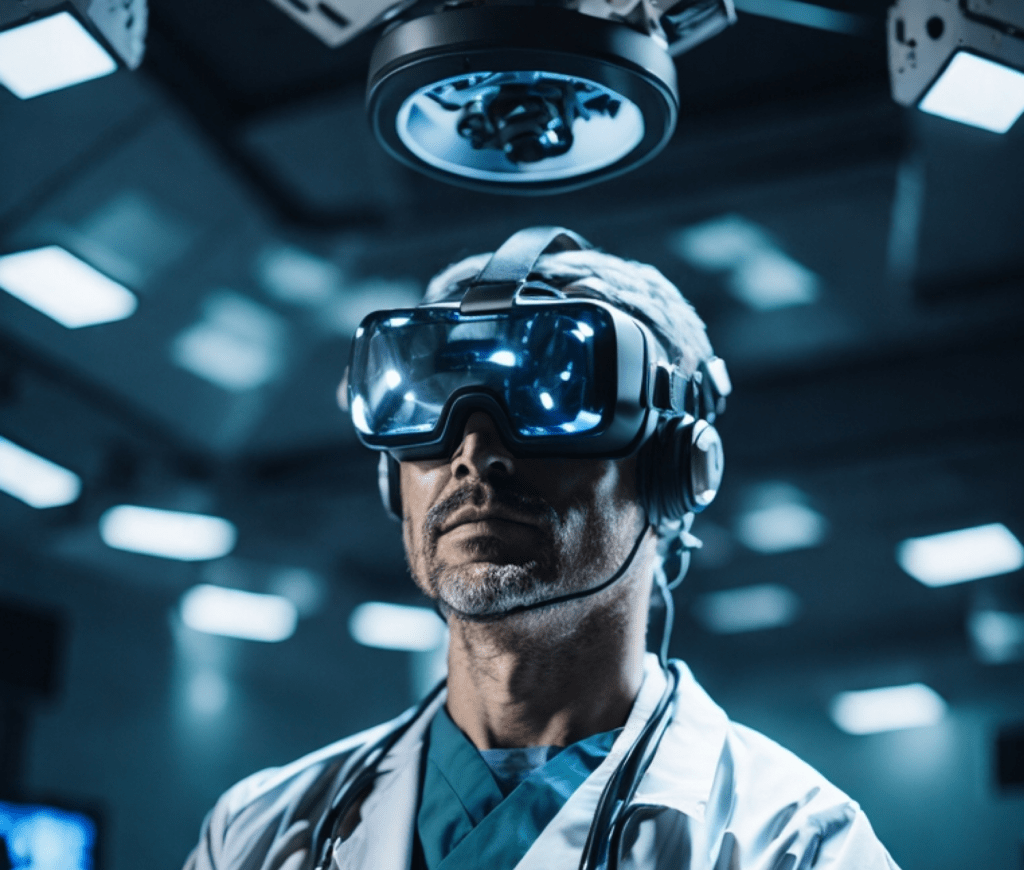
In critical fields like safety and emergency response, training can mean the difference between life and death. AR/VR technologies have stepped up to the challenge, enabling trainees to simulate emergency situations realistically. By practicing response strategies in virtual scenarios, individuals can hone their decision-making skills and improve their ability to handle high-pressure situations without exposing themselves to real-world risks.
Police departments in Fort Myers, Florida, and Sacramento, California, are leveraging virtual reality training to enhance officers’ abilities to address critical challenges. In Fort Myers, VR simulations immerse officers in life-threatening situations, such as dealing with individuals struggling with mental health issues or addiction. The goal is to practice de-escalation techniques effectively and avoid escalation. The Sacramento Police Department uses VR to address implicit biases by confronting officers with scenarios involving individuals with different skin colors, aiming to improve responses and enhance understanding.
Meanwhile, the city of Austin, USA, collaborates with virtual reality company ATS to provide just-in-time training for emergency responders. VR training equips staff with skills in ambulance operation, equipment management, and response protocols for multi-victim accidents. Research demonstrates that virtual training leads to better information retention and fewer mistakes compared to traditional face-to-face training. These initiatives signify the growing adoption of VR in law enforcement and emergency response, providing practical and effective training opportunities even amidst challenges like the COVID-19 outbreak.
The manufacturing and industrial sectors often involve complex machinery and hazardous equipment. Traditional training methods might not adequately prepare workers for the challenges they may face on-site. However, AR/VR platforms have revolutionized training in these industries, providing highly realistic scenarios for machinery operations. As a result, the risk of on-site accidents is reduced, while productivity and efficiency are significantly enhanced.
For example, a factory worker can now interact with virtual machinery, troubleshoot potential issues, and familiarize themselves with the process before working on the actual equipment. This immersive learning experience leads to a more skilled and confident workforce.
Customer service is a cornerstone of many businesses, and the quality of interactions with customers can make or break a company’s reputation. Similarly, soft skills such as communication, problem-solving, and empathy play a crucial role in fostering positive work environments and improving team dynamics.
AR/VR tools have stepped in to facilitate soft skills training. By replicating customer interactions in virtual environments, employees can practice handling different scenarios and challenging situations. Such augmented reality and virtual reality training fosters empathy, enhance communication, and sharpen problem-solving abilities, resulting in improved customer satisfaction and employee performance.
AR and VR are bringing about significant changes in the automotive sector. In the realm of design, AR superimposes digital models onto physical vehicles, expediting iterations and facilitating the identification of errors. VR training improves assembly efficiency and reduces errors. AR enhances customer experiences by allowing visualization of vehicles in different configurations. Additionally, AR assists in maintenance and repair tasks with interactive guides for technicians. Overall, AR/VR technologies enhance productivity, reduce costs, and improve customer satisfaction in the automotive sector.
BMW utilizes mixed reality to save time and effort in the early stages of the development of the new product. BMW utilizes mixed reality (MR) for efficient early-stage development, exemplified by the BMW iX – their pioneering vehicle crafted using gaming technology. Mixed Reality enables swift visualization of vehicle functions and new interior concepts, enhancing flexibility for developers. The rapid presentation of features and interior designs in virtual reality opens avenues like simulating urban journeys. This offers insights into visibility, viewing angles’ impact, and accessibility, providing development engineers with a lifelike road experience within the car.
Audi uses VR for training to reduce errors while working with complex systems. They are developing a software development kit (SDK) that allows departments to create custom training courses without programming knowledge. For instance, their logistics team is learning the”pick by light” process in a highly detailed realistic virtual workstation with just a set of VR glasses and a pair of controllers.
Volkswagen employs VR to provide training anytime, anywhere, eliminating the need for long-distance travel. Employees perform tasks as if they were on the facility premises. In addition to that, the company intends to use the technology for hosting meetings with geographically distributed participants and extend the capabilities of existing solutions with augmented reality.
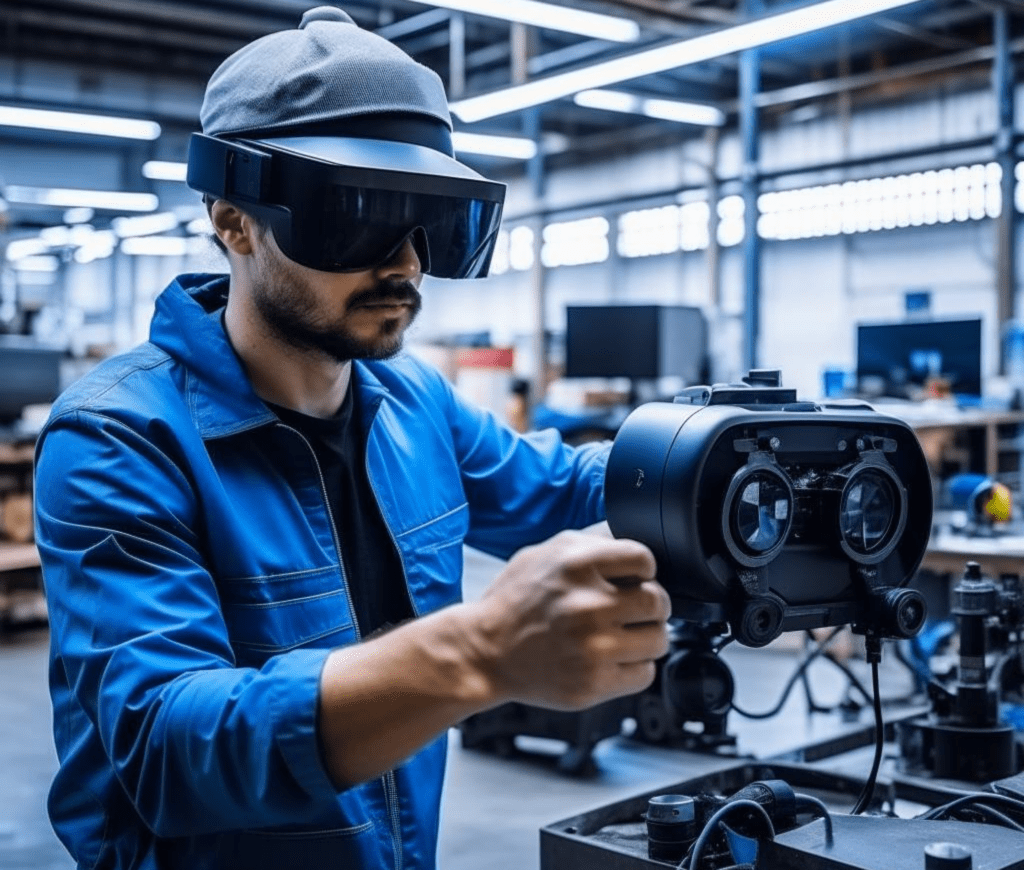
AR/VR technologies are widely used in the defense industry for training soldiers in realistic combat scenarios, enhancing mission planning, facilitating maintenance tasks, improving situational awareness on the battlefield, and aiding in the design and prototyping of military equipment. These technologies provide valuable benefits and enhance operational effectiveness for armed forces globally.
For example, SimX collaborates with the US Air Force and US Space Force on unique training systems for special operations. This effort is part of the Virtual Advancement of Learning and Operational Readiness (VALOR) program. The solution provides training across a variety of medical roles and includes both Tactical Combat Casualty Care-based scenarios and routine medical care. SimX’s solutions are being deployed in multiple locations across the United States, Europe, and Asia to train special operations troops’ cooperation during critical situations happening in the field.
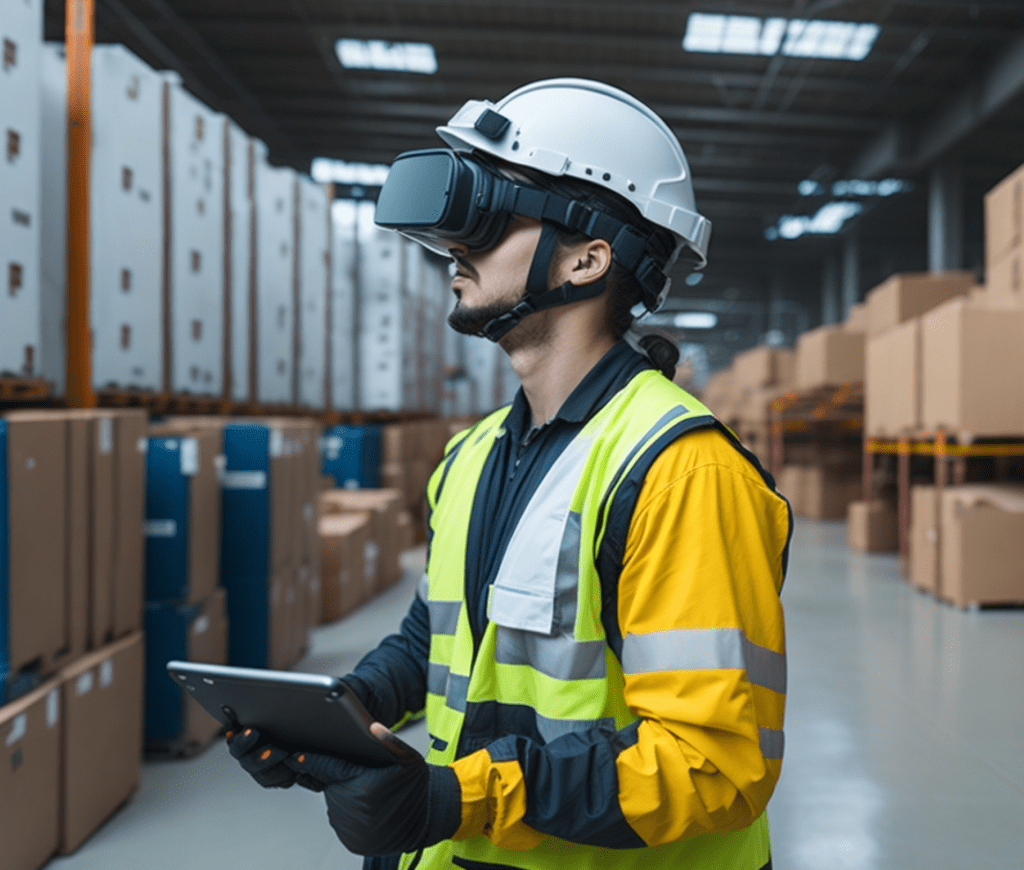
AR/VR technologies find many applications in the finance industry, where they are utilized for training employees in various tasks such as account opening and accepting/rejecting loan applications. Artificial intelligence is integrated into VR training to simulate customer interactions and teach staff how to handle emotional situations effectively.
Bank of America is one such case. It employs over 50,000 staff, and traditional e-learning methods are insufficient for rapid skill development. To address this, the bank uses VR training. VR is employed for tasks like account opening and handling conversations with clients, with AI simulating customer interactions, including emotional scenarios like loan applications. This approach enhances efficiency, scalability, and empathy among the staff.
AR/VR technologies have been widely adopted in the aviation industry to enhance training and operational efficiency. Companies like Boeing, Airbus, Rolls Royce, and KLM have utilized virtual reality training to prepare astronauts, cabin crew, aviation engineers, and pilots.
In 2021, Boeing began using virtual reality (VR) to extensively train NASA astronauts for their missions to the International Space Station. The VR training covers all aspects of the mission, from takeoff to landing, with the Varjo headset ensuring sharp cockpit visuals, enabling crucial reading of buttons and switches.
Avietra specializes in VR safety training for airlines, offering realistic simulations for cabin crew members, and covering pre-flight preparations, boarding, and emergency procedures. The success of VR training has been proven, saving training time on physical simulations. Major airlines like Qatar Airways use Avietra’s VR training.
Airbus collaborated with Air France Industries and KLM Engineering to create VR training for Airbus A320 engine maintenance. This cost-effective and time-saving VR course is based on real aircraft maintenance and run-up test processes and can manage 3 users simultaneously, 1 instructor and 2 trainees.
Rolls Royce uses VR training for mechanics to practice engine parts removal, examination, and assembly. The flexibility and efficiency of VR training allow technicians to learn faster in a work-based environment.
KLM developed a three-phase VR training course for pilots, which replaces some traditional training methods, such as classroom instruction and textbooks. The VR simulations save time and costs while providing accessible and effective training for pilots. KLM aims to have this VR training certified by EASA.

In the HoReCa industry, AR/VR technologies are being increasingly utilized to enhance customer experiences and improve staff training. These technologies can be employed in various ways to engage guests, offer interactive menus, showcase virtual tours of hotel rooms and restaurant spaces, and even provide immersive dining experiences. AR applications enable customers to visualize dishes in 3D, view additional information about ingredients, and access interactive menus through their smartphones or AR headsets. VR can be used for staff training, especially in kitchen simulations, where chefs, waiters, administrators, and other staff members can practice workflow and particular situations in a virtual environment, leading to more pleasant customer experience and increased efficiency of onboarding new employees. These technologies are revolutionizing the hospitality industry, creating innovative and memorable experiences for guests while optimizing staff training and operations.
Honeygrow, a fast-casual restaurant chain based in Philadelphia, embraced VR technology for employee onboarding. Within just 30 days of using VR in their training program, the percentage of certified employees rose from 50% to an impressive 77%. The interactive and engaging VR modules facilitated a deeper understanding of the company’s culture and operational processes, resulting in more confident and knowledgeable team members.
Despite their potential to enhance learning through immersive and interactive experiences, AR and VR come with certain challenges and limitations that need to be addressed to fully exploit their potential in technical training.
VR and AR training heavily rely on high-end hardware and software, which can lead to technological obstacles. Technical glitches and hardware limitations can hinder seamless training experiences. However, continuous advancements in hardware and software are steadily reducing these barriers, making AR/VR more accessible and user-friendly. With time, hardware reliability and software optimization will continue to improve, making VR and AR training a smoother and more efficient process.
Assessing trainee progress in AR/VR environments can be challenging due to the virtual nature of the experience. Traditional methods of evaluation, such as observing and grading, may not be applicable in a virtual world. However, the integration of advanced analytics and performance metrics within AR/VR systems is enabling trainers to effectively evaluate trainee performance. These analytics provide valuable insights into trainee behavior, decision-making processes, and knowledge retention, allowing trainers to tailor instructions to meet individual needs.
The adoption of AR/VR in training requires a paradigm shift from conventional methods. This shift can meet resistance from trainers and learners who may be hesitant to embrace new technologies. However, as the benefits of AR/VR become more apparent, the resistance is likely to decrease. Demonstrating tangible advantages, such as increased engagement, accelerated learning, and improved retention, will encourage wider acceptance of AR/VR in training.
Extended use of AR/VR devices can lead to temporary health issues, such as motion sickness and eye strain. These physical discomforts can impede the learning process and discourage trainees from engaging in VR and AR training. To mitigate these effects, manufacturers are focusing on ergonomic designs and more advanced hardware and software for the headsets. Additionally, incorporating regular breaks during training sessions and providing adjustable settings for individual comfort can enhance the overall VR and AR training experience.
Implementing VR training can entail significant development and associated costs. The necessary high-end hardware and software investments, along with the time-consuming process of creating high-quality AR/VR content, can pose financial challenges for organizations. However, as technology becomes more widespread and competition in the market increases, we can expect prices to decrease gradually, making VR and AR training more affordable in the future.
One significant limitation of VR and AR training is the unequal access to necessary hardware and internet connections. Not all learners may have access to these resources, potentially excluding them from participating in VR and AR training programs. To address this issue, organizations can explore hybrid training solutions that combine augmented reality and virtual reality with traditional methods, ensuring inclusivity for all learners. Another measure that can be taken (if the budget can cover it) is establishing specialized training rooms where staff members will always find the ability to unleash the full functionality of such equipment.
The absence of industry standards for VR and AR training can create obstacles in content development and implementation. Without universally accepted guidelines, developers may face compatibility issues between different platforms. The best way to avoid such issues is to either develop the software for a particular model of hardware or utilizing engines that are capable of adjusting software builds to multiple platforms (like Unity or Unreal Engine).
AR/VR technologies hold the potential to revolutionize training across industries, especially when combined with AI and ML, enabling adaptive learning, predictive analysis, and intelligent automation. These immersive and interactive experiences foster personalized learning, leading to improved outcomes and better preparedness for the digital world.
Despite challenges like technological barriers and cost, the transformative potential of AR and VR in training outweighs these hurdles, urging organizations and individuals to seize the opportunity for immersive and effective training experiences. Embracing AR/VR can reshape training practices, empowering learners in the digital era and propelling education and training into a limitless future of discovery and innovation.
AR training integrates digital content into the real world, enhancing hands-on learning experiences. Through devices like AR glasses, users can see real-time instructions or interact with 3D models. Conversely, VR training immerses learners in a simulated environment via VR headsets, ideal for high-risk scenarios or costly real-world simulations. Both AR training and VR training provide interactive and engaging learning platforms, revolutionizing traditional training methods.
VR and augmented reality training is versatile and has been adopted across various industries. Some prominent sectors include:
AR/VR training enhances safety by providing a risk-free realistic environment where learners can experience dangerous scenarios without real-world consequences. It delivers realistic simulations of high-risk situations, ensuring trainees in the training program are adequately prepared. Trainees benefit from repetitive practice in these simulations, leading to better retention of safety protocols. With augmented reality training, immediate feedback is given through real-time overlays, guiding actions and corrections. Furthermore, an AR/VR training program helps to remove the need for specialized equipment or locations and can be tailored to offer adaptable scenarios specific to industry needs. Overall, AR/VR training ensures a more comprehensive and effective approach to safety training.

Rate this article:
4.8/5 (45 reviews)

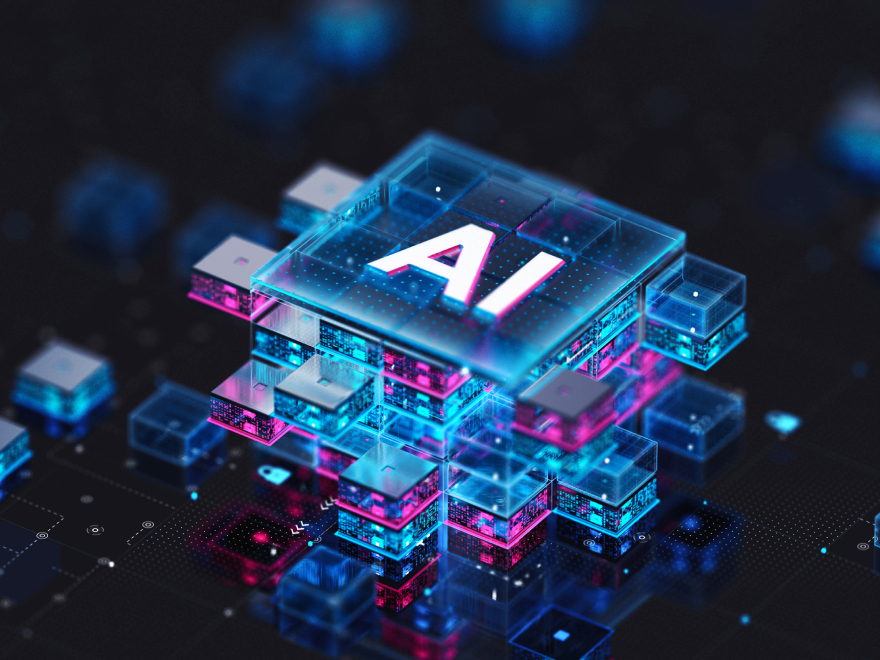


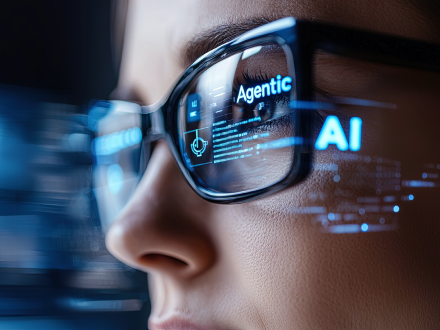
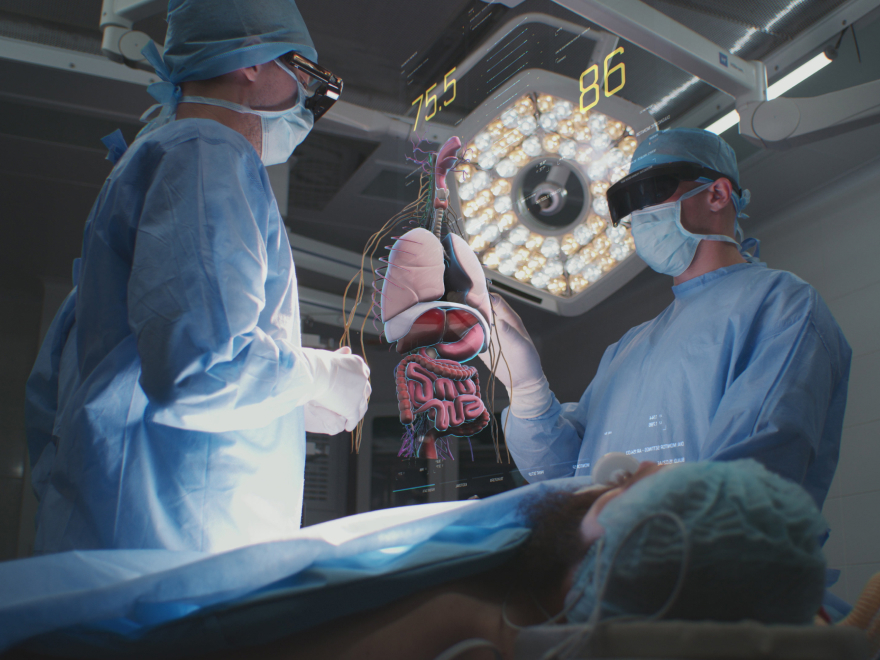



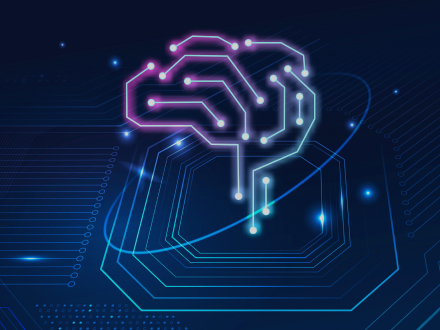


Your message has been sent.
We’ll process your request and contact you back as soon as possible.

By signing up you agree to our Privacy Policy, including the use of cookies and transfer of your personal information.